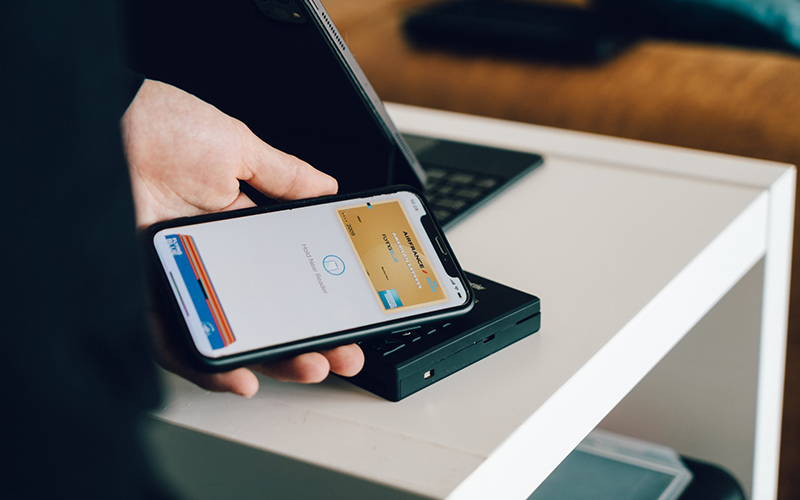Click here to get this post in PDF
Ergo’s extensive set of features makes it a great buy. Ergo’s PoW methodology is just one of many features; the platform also includes free gas and a crowdfunding platform called ErgoRaffle. The latter is discussed in more detail below.

Proof of Work Model
To generate new currencies and verify trades, Ergo uses the Proof-of-Work (PoW) protocol. Anyone who mines ERG can use any number of GPUs on a single Ergo node, thanks to this consensus process. Bitcoin’s fundamental problem is that its PoW model, while effective, requires a lot of energy.
However, Ergo’s Autolykos mining technique helps alleviate this problem to some degree. This method improves the efficiency of the PoW paradigm because it can’t be hacked by ASICs or huge mining pools. Anyone with a normal PC and a graphics card can mine Ergo.
Within the next 26 years after the initial main net launch in 2019, or by 2045, the whole supply of Ergo Mining will be minted. The process of mining Ergo tokens is easy and uncomplicated. To begin ergo mining, you need only set up a basic node, which is doable if your graphics processing unit has 4GB of VRAM or more. The recommended amount of video memory is 8 GB.
Ergo’s Proof-of-Work consensus mechanism allows GPU miners to pool their resources on a single node. The use of mining pools is another viable option. Yet, the Ergo group suggests that miners stick with smaller pools.
Currently, four main wallet kinds have full support. In particular, Yoroi and ViaWallet are both web-based options. The only other platform that works with native assets is Yoroi. Since it supports native assets, scripts, and multisig, the official Ergo Mobile Wallet is probably the best option. You may get the wallet app for your mobile device by searching Google Play.
No Gas Fee
Ergo is a programmable blockchain that enables the creation of DApps, but it doesn’t charge any fees to use the network. Ergo’s popularity among DApp developers can be attributed to this function.
DApps
As was previously mentioned, Ergo encourages the development of DApps that provide new features to the platform. SigmaUSD, a decentralized stablecoin based on the Ergo platform with the AgeUSD protocol, is one example of a decentralized application (DApp).
ErgoMixer is a noncustodial, noninteractive crypto mixer that protects users’ anonymity by sending and receiving tokens in bulk. This method makes it extremely difficult, if not impossible, to trace financial dealings. The Ergo Auction House, a marketplace for NFTs, is another Ergo-built DApp that regularly hosts hundreds of auctions.
Spectrum
Previously known as ErgoDEX, the Ergo platform’s decentralized exchange is now called Spectrum. Spectrum is designed to be more than just a new blockchain platform; it will also function as a native cross-chain ecosystem. In this DEX, users can exchange Cardano for Ergo and vice versa. Keep in mind that Spectrum employs the EUTXO mechanism to guarantee that various exchanges can share liquidity.
Spectrum was built with support for both automated market maker (AMM) and order book protocols. Each time a user conducts a trade on this platform, they are rewarded. Providers of user interfaces (UIs), merchants, miners, and off-chain executors are only some of the users in the ecosystem.
Ergo Storage Rent
Lost or forgotten wallet addresses have resulted in the loss of over four million Bitcoins throughout the Bitcoin network’s history. However, other projects face difficulties with the token flow since tokens might sit in wallets untouched for long periods, reducing the supply of tokens available for trading.
Ergo’s Storage Rent feature is designed to help with this problem. Through this mechanism, tokens that have been abandoned or are no longer needed can be returned to the economy. After four years of inactivity, token holders will be able to pay miners’ fees in exchange for incentives to keep the Ergo network secure after block rewards have vanished.
This method of rent collection eliminates the issue of redundant information. Fees won’t be incurred if users temporarily withdraw or transfer tokens. Users would have to pay the price every four years if they don’t want their unused tokens mined.
ErgoRaffle
As was briefly mentioned before, ErgoRaffle is a form of crowdfunding service developed by Ergo that allows users to raise money for a variety of different initiatives. Donating to a good cause, conducting research, and planning a business are all examples of such initiatives. When a raffle is held, a lottery is held, and one of the participants receives a portion of the prize.
EXLE
To facilitate peer-to-peer (P2P) lending and borrowing on the Ergo blockchain, EXLE (previously known as ErgoLend) has been developed. The EXLE team is now doing a money drive to aid in the development of the decentralized application. When the platform is live, everyone who helped build EXLE can fund a loan, joining a group of lenders who receive interest payments on their investments. Every loan that a lender helps to fund will result in a 5% return for that lender.
The first loans funded by ErgoRaffle are being made by EXLE right now. Margaret Mama Gibby, the recipient of one such loan, was given $2,500; she is responsible for repaying it in equal monthly installments beginning in September 2022.
The principal on a new loan of $3,000 was just paid off using the interest and principal from the original loan. Grace Lotoom, the borrower, will use the money to open a computer cafe and will begin making payments on the 12-month loan in the fall. The EXLE team forecasts that next year around 20,000 borrowers will look for loans.
You may also like: How Can Using A Bitcoin Wallet Be Safe For You?
Image source: Unsplash.com
